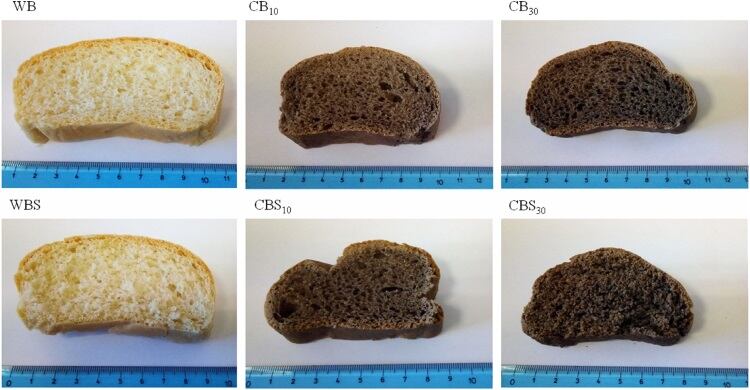Researchers from Marche Polytechnic University in Ancona have found that adding 10% cricket powder to bread substantially enhances its nutritional traits – especially the protein content and essential amino acids – and does not have too much of a negative effect on the dough’s technological and organoleptic parameters.
However, the scientists noted the presence of bacterial spores — a dormant state of some types of bacteria — that could potentially spoil the bread or even make people sick.
The scientists did overcome this hurdle, though, through the use of preventive treatments like blenching or microwave drying the insect powder before adding it to the bread.
Beyond the icky factor
Insects are consumed by 2.5 billion people worldwide, and their high nutritional value has been attracting the attention of researchers and the food industry.
Eating insects is also good for the environment as they take much less space and other resources than other livestock, while introducing them to the daily diet would relieve the pressure on food resources expected to reach critical mass by 2050.
Eating insects is a customary practice in Asia and Africa, but their acceptance in the US and Western European countries is still far from being achieved.
However, a 2017 study published in Innovative Food Science & Emerging Technologies concluded that foods where insects are not directly visible could be more acceptable by consumers unable to overcome the so-called ‘icky’ factor.
To see if insect-enriched bread would be feasible, the Italian scientists baked three experimental loaves using different blends of wheat flour and a commercially available powder made from crickets in amounts of 0%, 10% and 30%.
“The main goal of the study was to mask the presence of insects in everyday foods by using powders instead of whole insects,” said study senior author and food microbiologist Lucia Aquilanti.
The pluses and minuses
The raw materials, doughs and breads were all subjected to technological, microbiological, chemical and sensory analyses.
The researchers found that the more cricket powder there was in the experimental bread loaves, the less the dough rose and the firmer the bread was.
This was likely because the breads made with cricket powder had less flour, and thus less gluten, which helps bread rise and make it chewy, they noted.

However, they established that the addition of 10% cricket powder produced a dough suitable for breadmaking.
The breads containing cricket powder also showed a higher nutritional profile than the control bread, due to their fatty acid composition, a high protein content and the presence of essential amino acids, namely threonine, tyrosine, valine and methionine and lysine.
Finally, bread enriched with 10% cricket powder showed a discrete appreciation by untrained panelists, which, said the researchers, could be potentially be increased by the addition of natural bread improvers, such as enzymes and sugars.
On the downside, though, they noted a high load of spore-forming bacteria in the breads containing cricket powder, which highlighted potential safety issues for consumers. But, as this can be easily corrected, they concluded that edible insect powder can successfully be included in leavened baked goods to enhance its protein content.
The authors said further studies are needed to better understand the interactions between cereal-based matrices and insect powders, and to adjust the insect powder composition to obtain a better balanced product regarding fat content.
The study – partly financed by the Marche Polytechnic University under the “Edible insects: new frontiers in food-FOODIN” project – was published in Innovative Food Science and Emerging Technologies.
Aquilanti also noted the researchers had experimented with other insect powders in bread and found “the final flavor is extremely dependent on the species.” For instance, bread made from mealworm powder “has a very nice nutty flavor,” she said.
Study:
Andrea Osimani; Vesna Milanović; Federica Cardinali; Andrea Roncolini; Cristiana Garofalo; Francesca Clementi; Marina Pasquini; Massimo Mozzon; Roberta Foligni; Nadia Raffaelli; Federica Zamporlini; Lucia Aquilanti
Innovative Food Science & Emerging Technologies 2018 48(150-163); https://doi.org/10.1016/j.ifset.2018.06.007

